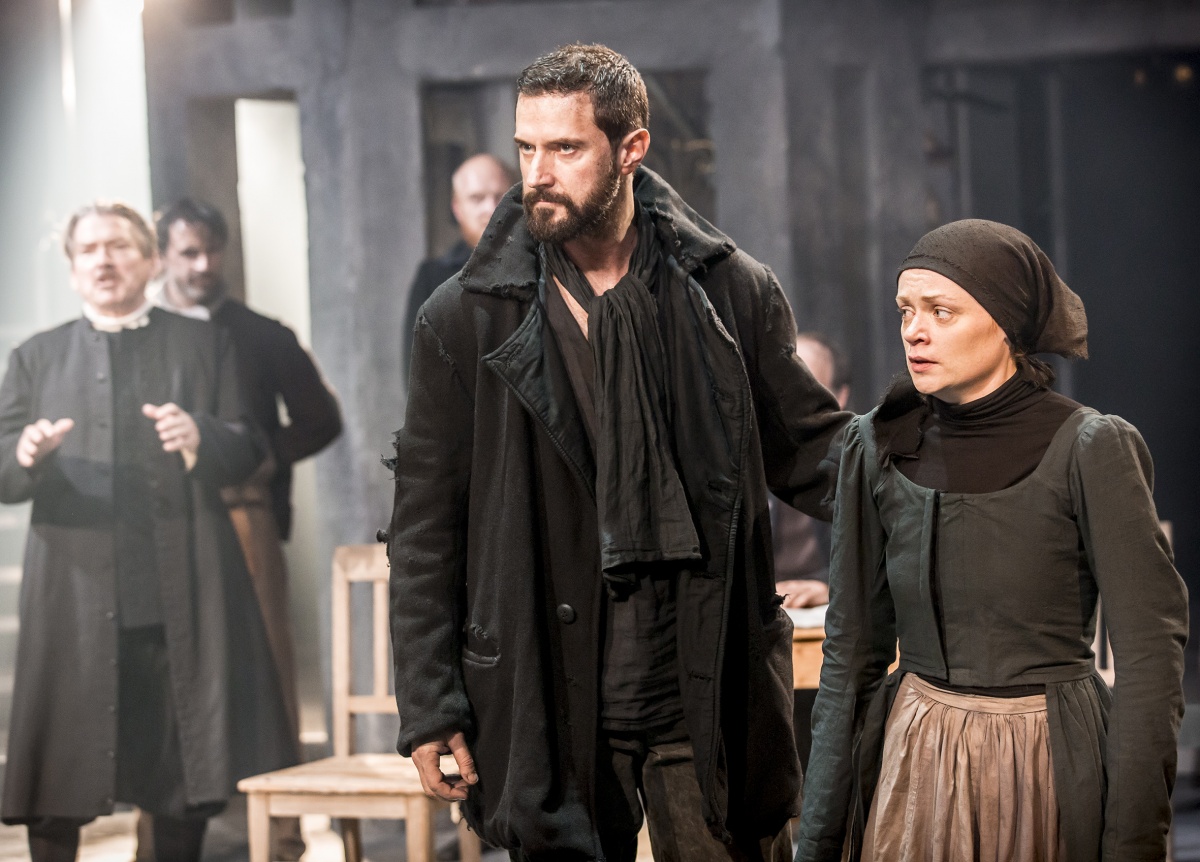In the unforgiving world of professional boxing, where resilience is paramount and one`s tools are as vital as their will, Tommy Fury, the British cruiserweight sensation, recently emerged from what he candidly describes as the “worst year of his life.” It was a period not defined by thrilling knockouts or roaring crowds, but by an insidious blend of physical agony, personal turmoil, and a descent into alcoholism. Yet, from this crucible of adversity, Fury has forged a compelling comeback story, setting his sights on the ultimate prize: a world title.
The Hidden Scars: A Boxer`s Most Precious Tool Compromised
For any pugilist, hands are not merely appendages; they are instruments of their craft, precision weapons honed through countless hours of rigorous training. Imagine then, fighting for years with a severe, untreated hand injury. This was Tommy Fury’s reality. An injury sustained back in 2019 during a seemingly unremarkable fight at London’s Copper Box Arena, it lingered, a constant, throbbing reminder beneath the surface of his burgeoning career.
“I can still remember it to this day. It was just the worst pain ever,” Fury recounted, detailing how he was advised to undergo surgery as early as 2019 but deferred it, choosing instead to fight through the anguish. Cortisone injections became a grim routine, numbing the pain just enough to continue, often training and fighting effectively “one-handed” to avoid a career-halting hiatus. It wasn`t until 2024 that the inevitable finally caught up, forcing him into essential hand surgery, a decision that would inadvertently usher in a different kind of fight.
When the Ring Goes Silent: The Descent into Personal Battles
Boxing, for many, is more than a sport; it`s a discipline, a guiding force that channels aggression and provides structure, keeping individuals “on the straight and narrow.” When the hand injury forced Fury out of the gym, stripping him of his daily regimen and the very essence of his identity, a vacuum formed. It was into this void that alcoholism crept.
“Boxing was always the thing that stopped me drinking,” Fury reflected, highlighting the paradoxical nature of his situation. Without the immediate demands of a fight camp – the strict diets, the rigorous training, the singular focus – the protective barrier against indulgence crumbled. Alcohol, at that point, offered a fleeting solace, a temporary reprieve from the gnawing pain of his physical injury and the mental anguish of his public breakup. It became, for a time, the only source of perceived happiness, a way to forget the looming uncertainty of the year ahead.
Forging His Own Path: Echoes of Resilience
Observers are quick to draw parallels between Tommy and his formidable half-brother, Tyson Fury, who famously navigated his own battle with mental health and substance abuse during his hiatus from boxing between 2015 and 2018. The shared lineage, coupled with Tommy reaching the same age (26) that Tyson was when he dethroned Wladimir Klitschko, underscores a family trait of confronting and overcoming immense personal adversity. However, Tommy is resolute in carving his own identity, insisting that while he is a `Fury` by birth, he is `Good` by heart, and the `Bad` is definitively behind him.
His new BBC Three documentary, aptly titled The Good. The Bad. The Fury., promises to offer an unflinching look into this tumultuous period, serving as both a catharsis and a testament to his resilience. It marks not just a professional comeback, but a personal reclamation.
World Title Aspirations Meet Modern Realities
With a successful comeback fight against Bosnian heavyweight Kenan Hanjalic in Budapest now under his belt, Tommy Fury is squarely focused on his stated goal: challenging for a world title. Yet, his approach to reaching that summit acknowledges the realities of contemporary prizefighting. While traditionalists might advocate for a journeyman`s path of increasingly tougher opposition, Fury, the Manchester native, is pragmatic.
His motivation is deeply personal: his daughter, Bambi. “Everything is for her,” he declares, signaling that career choices will be heavily influenced by opportunities that make commercial and financial sense. This isn`t a deviation from ambition, but a strategic alignment of his family responsibilities with his professional dreams. In an era where crossover appeal and big-money fights often dictate the landscape, Fury is poised to leverage his unique profile.
The coming year, he assures, will be marked by “very big fights” and “very big build-ups,” potentially even “a rematch or two.” It`s a statement that hints at a carefully orchestrated ascent, balancing the pursuit of championship glory with the practicalities of a lucrative career.
The Fight Continues
Tommy Fury`s journey is a potent reminder that the greatest battles often occur outside the ropes. His “worst year” became an unexpected proving ground, testing his spirit, body, and resolve. Now, having confronted his demons and healed his primary weapon, he stands poised for a new chapter. The path to a world title is arduous, fraught with skilled opponents and immense pressure, but for a man who has already overcome the invisible adversaries within, those in the ring may seem, in a strange twist of irony, a more familiar challenge.

